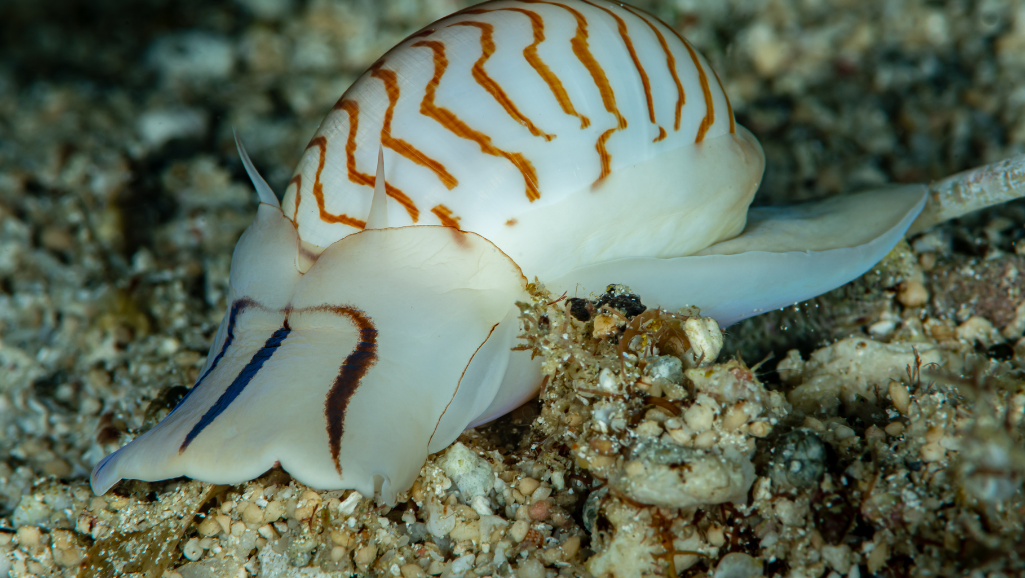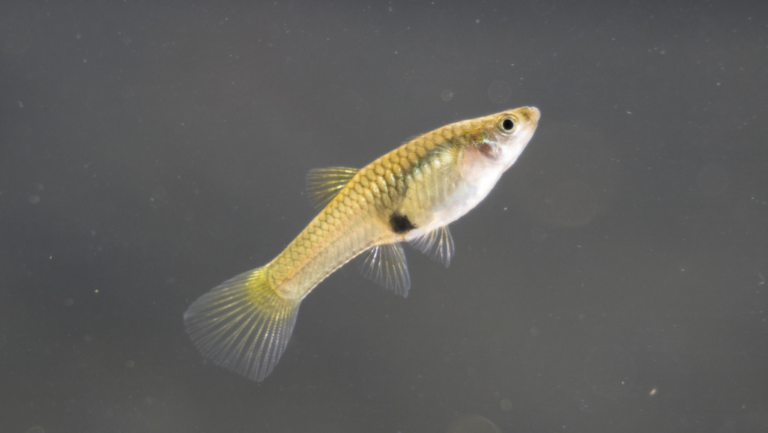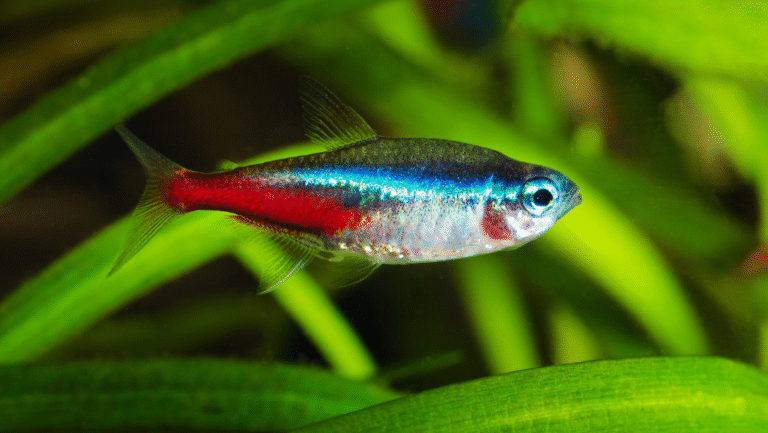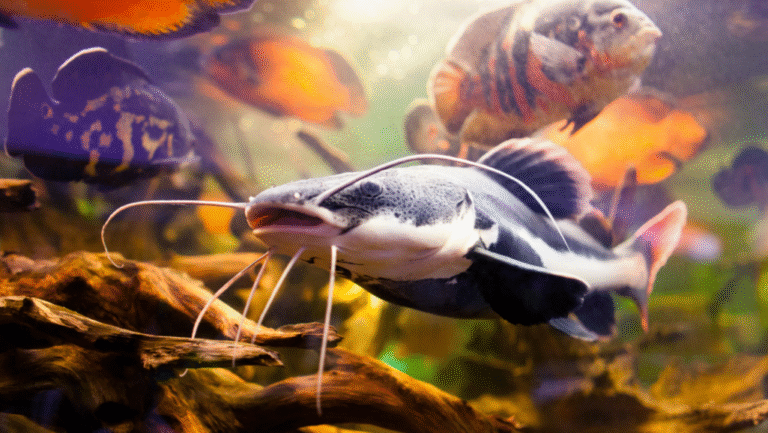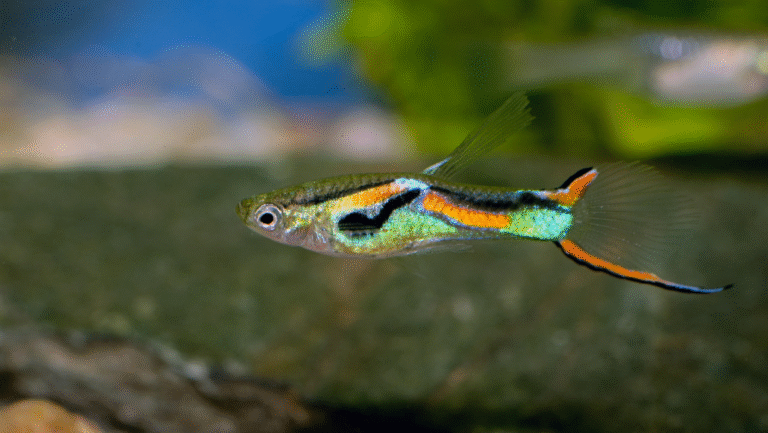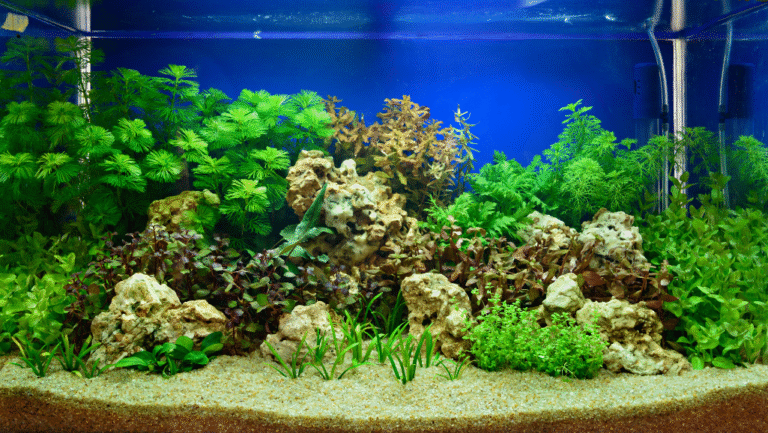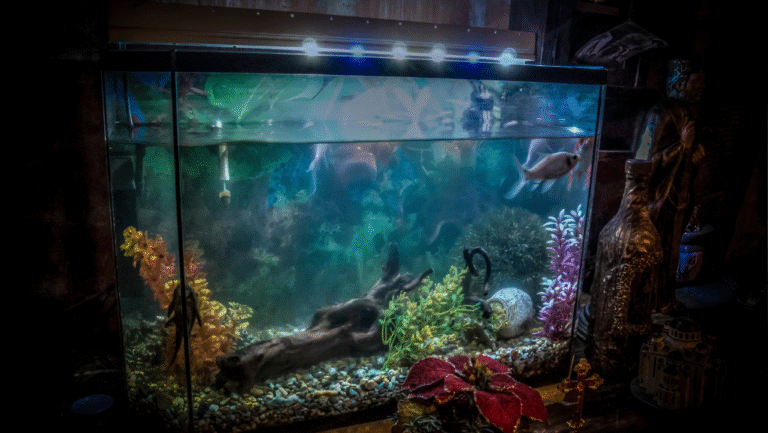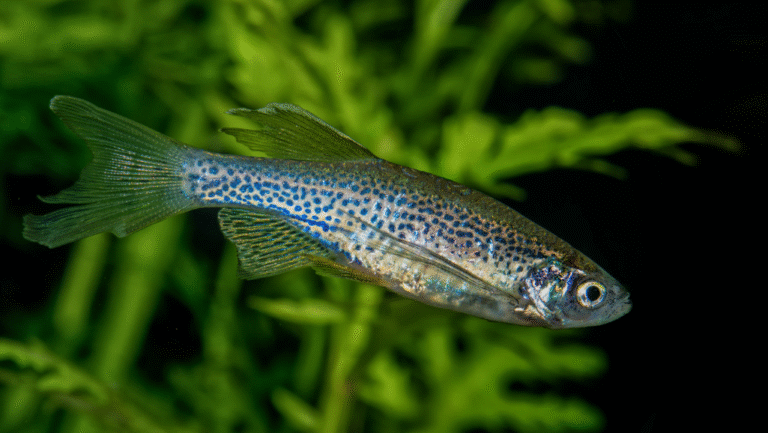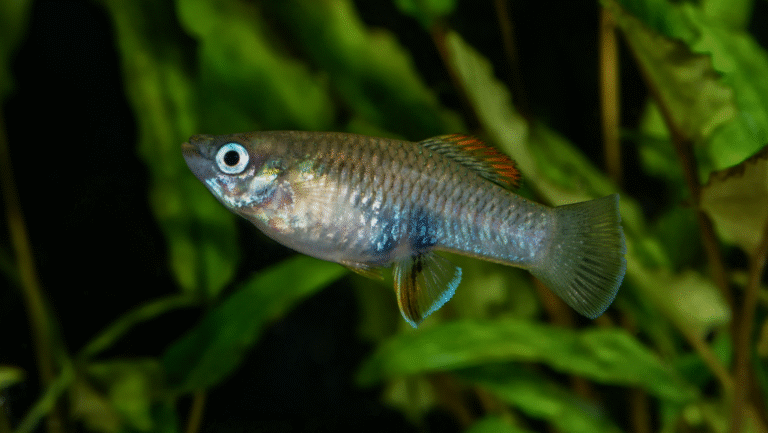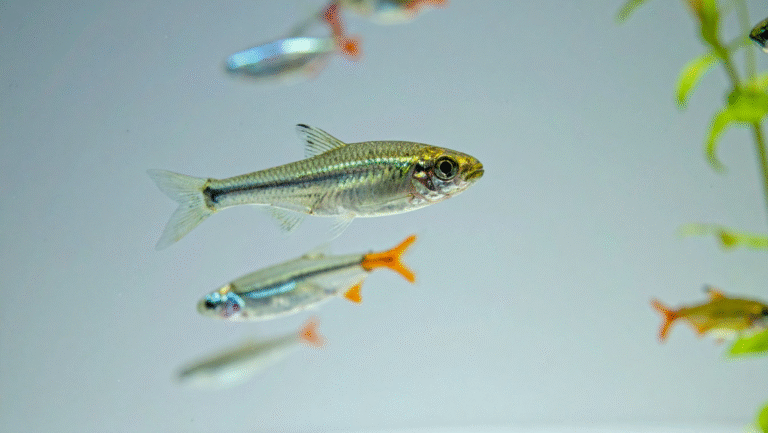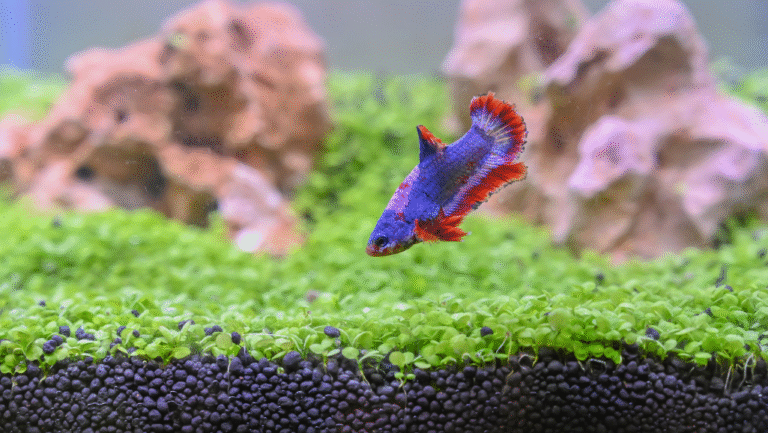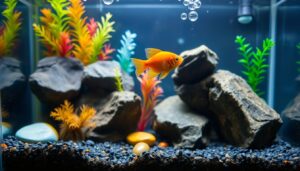Freshwater aquariums are home to many life forms, each playing a key role. Among these are the freshwater aquarium snails, nature’s cleaning crew. They are a joy for anyone who loves aquariums. Nerite snails, in particular, are great at keeping algae under control. They also eat decaying plants and small debris, keeping your tank clean and balanced.
Nerite snails are known for their love of algae and their calm nature. They are easy to care for and add beauty to your tank. By following a simple guide, you can learn how to create the perfect home for them. This guide will show you how to care for these fascinating creatures and welcome them into your aquarium.
Key Takeaways
- Nerite snails help a lot with aquarium maintenance, fighting algae.
- It’s important to keep the water right, with a pH of 7.5-8.5 for their shells.
- Choose tank mates carefully, picking small, peaceful fish for a calm environment.
- Keep an eye on the tank’s chemistry and change the water regularly for a healthy home for the snails.
- Learn about their sleep and breeding to better care for them.
- Handle them gently and check their health often to keep them thriving in your tank.
Exploring the Underwater Ecosystem: The Role of Nerite Snails
Aquariums rely on a balanced ecosystem, where each creature is vital. Nerite snails are key, known for their algae eating skills and calm nature. They play a big role in keeping the water clean and healthy, as explained in Nerite snail care.
Creating Balance with Nerite Snails
Nerite snails are great at eating algae, keeping the tank clean. They mainly eat biofilm, algae, and soft algae. This helps control algae growth, making the tank healthier for other fish and plants.
Nerite Snails: Algae Eating Champions
Nerite snails are a favorite among aquarium fans because they eat tough algae. They remove algae from glass and decorations. This keeps the tank clear and healthy for all living things.
The Peaceful Nature of Aquarium Snails
Understanding freshwater snail behavior shows they are peaceful. Nerite snails are gentle, making them great tank mates. They help create a calm and balanced home for all aquatic life.
For Nerite snails to stay healthy, they need the right food and living conditions. They thrive in water with a pH of 7.2 to 8.4 and temperatures between 75 to 82°F. This environment supports their diet and natural behavior.
Keeping Nerite snails healthy is more than just feeding them. It requires careful attention and dedication. For tips on keeping water perfect for all aquatic life, check out aquarium water maintenance.
Introduction to Nerite Snail Varieties
Nerite Snail varieties are loved for their bright colors and ability to clean tanks. The Zebra Nerite Snails and other species like Black Racer and Olive Nerite Snails are key. Knowing about these can make your tank look better and be healthier.
These snails, known as Neritina natalensis, are tough and good at eating algae. They’re great for both new and experienced fish keepers. They don’t take over your tank because they need brackish water to breed.
To keep Nerite Snails happy, you need the right water. They like a pH of 7-8.5 and temperatures between 65 to 85 degrees Fahrenheit. Each snail needs up to five gallons of water, making them good for many tank sizes. For tips on keeping your tank perfect, check out how to care for small fish.
The Striped Zebra Nerite Snail
The Zebra Nerite Snail is a hit because of its cool stripes. These stripes make it look like a zebra and help you tell it apart from other snails. This snail is also great at eating algae, even the tough kind like hair algae.
Black Racer and Olive Nerite Snails
While Zebra Nerite Snails are flashy, Black Racer and Olive Nerite Snails are more subtle. They have darker colors and are good at cleaning the tank by eating detritus and algae. They help keep your tank clean and healthy, saving you time and effort.
Choosing Zebra Nerite Snails or Black Racer and Olive varieties adds beauty and balance to your tank. Any Nerite Snail variety is a great choice for your aquarium.
Unlocking the Mysteries of Nerite Snail Care
Keeping the aquarium water conditions right is key for Nerite snails’ health. These snails are great for controlling algae. A good snail care guide will teach you how to keep the tank clean and check the water quality closely.
To care for Nerite snails, you need to get the temperature and water chemistry just right. They do best in water with a pH of 7.2 to 8.5. It’s also important to keep the GH levels between 7 to 15 and KH levels between 2 to 8. This helps their shells and keeps them healthy.
- Regularly test and adjust the tank water for the best chemistry
- Keep algae in check to ensure there’s enough food for the snails
- Check for Nerite Snail eggs every week, as they need special conditions to hatch
Nerite snails have a unique way of reproducing. They need brackish water to hatch their eggs, even though they lay them in freshwater. This shows how important it is to watch over them closely. For more on Nerite Snail eggs, check out our snail care guide.
Also, make sure they get foods rich in calcium to keep their shells strong. Snails might need extra food, like pellets or algae wafers, if there’s not enough algae.
- Give them blanched veggies like zucchini and spinach for more variety
- Feed them commercial snail pellets or algae wafers
- Watch how much they eat to keep them healthy
For more tips and detailed advice on keeping your tank perfect for Nerite snails, check out our snail care guide. With the right care, these helpful snails can thrive in your aquarium.
Nerite Snail Breeding: A Unique Challenge
Breeding Nerite snails in an aquarium is a mix of science and art. Their reproduction is both fascinating and challenging. To breed them successfully, you must closely replicate their natural environment.
For Nerite snail breeding, a brackish environment is key. Their natural habits are linked to saltwater. This means you might need to adjust your tank’s specific gravity to 1.005 to 1.015.
- Snail reproduction in Nerite snails sometimes involves asexual methods. Females can lay fertilized eggs without a male. This shows their resilience and adaptability.
- The aquarium snail eggs hatch in 2 to 4 weeks. They need stable water conditions during this time.
- Keeping the water temperature, pH, and salinity right is crucial for their growth.
Another challenge is overpopulation. It’s important to monitor and manage the snail population. This prevents tank strain and keeps the ecosystem balanced. You can remove eggs manually or limit breeding pairs.
“Breeding Nerite snails is not just about creating the right environment but also managing a balanced ecosystem within the aquarium.”
In conclusion, breeding Nerite snails requires careful planning and a deep understanding of their needs. It’s a rewarding challenge for both experienced and new aquarists.
The Silent Cleaners: Observing Nerite Snail Behavior
Nerite snails are more than just decorations in your tank. They play a key role in keeping your freshwater aquarium clean and balanced. With over 200 varieties, they fit well in both slow and fast-moving waters.
Their snail radula is fascinating. It has thousands of tiny teeth that scrape algae off glass and decorations. This keeps your tank clean and shows how well these creatures work in their home.
Snail Movements and Tank Interactions
Watching nerite snails move is really interesting. They move gently and don’t disturb other tank animals. They carefully search for food, making sure not to upset anyone else in the tank.
Feeding Habits and Radula Features
- They mainly eat algae, using their radula to scrape it off.
- Their radula works like a rasp, removing food from rocks and glass.
- Even though they eat a lot, nerite snails don’t need much extra food. They live off algae and biofilm in established tanks.
The nerite snail lifespan shows how long they can live. They can last from 1 to 2 years. During this time, they help keep the tank clean, making your job easier.
These snails are great for both new and experienced aquarium owners. They work hard to clean the tank. At the same time, they let you see some amazing biological features, like their radula.
In short, nerite snails are more than just cleaners. They help create a healthy, balanced environment in your tank. Their unique biology and role in the ecosystem make them fascinating to watch and study.
The Life Cycle of the Nerite Snail: From Egg to Adult
The journey of Nerite snails, like the Neritina natalensis, starts with eggs. This is a complex process in captivity. Seeing Nerite Snail eggs in your aquarium is amazing. But, they need brackish water to hatch, unlike regular freshwater.
Nerite snails can live in aquariums for 2-3 years. This shows their strong survival skills. Some can even live up to 10 years in the right conditions.
As they grow, Nerite snails become 1-inch wide. They clean the tank by eating algae. They do well in tanks of 10 gallons or more, if the water is right.
Sexing Nerite snails is tricky, but it’s part of breeding them. A special brackish water tank is needed for breeding. This helps their babies grow.
Trying to breed Nerite snails can be challenging. Their eggs look like tiny pearls. But, with the right water care, they can grow into adults.
Keeping Nerite snails healthy requires careful water management. This includes watching ammonia, nitrite, and nitrate levels closely. For more tips on keeping fish, like Neon Tetras, visit AquaJoyLife.

